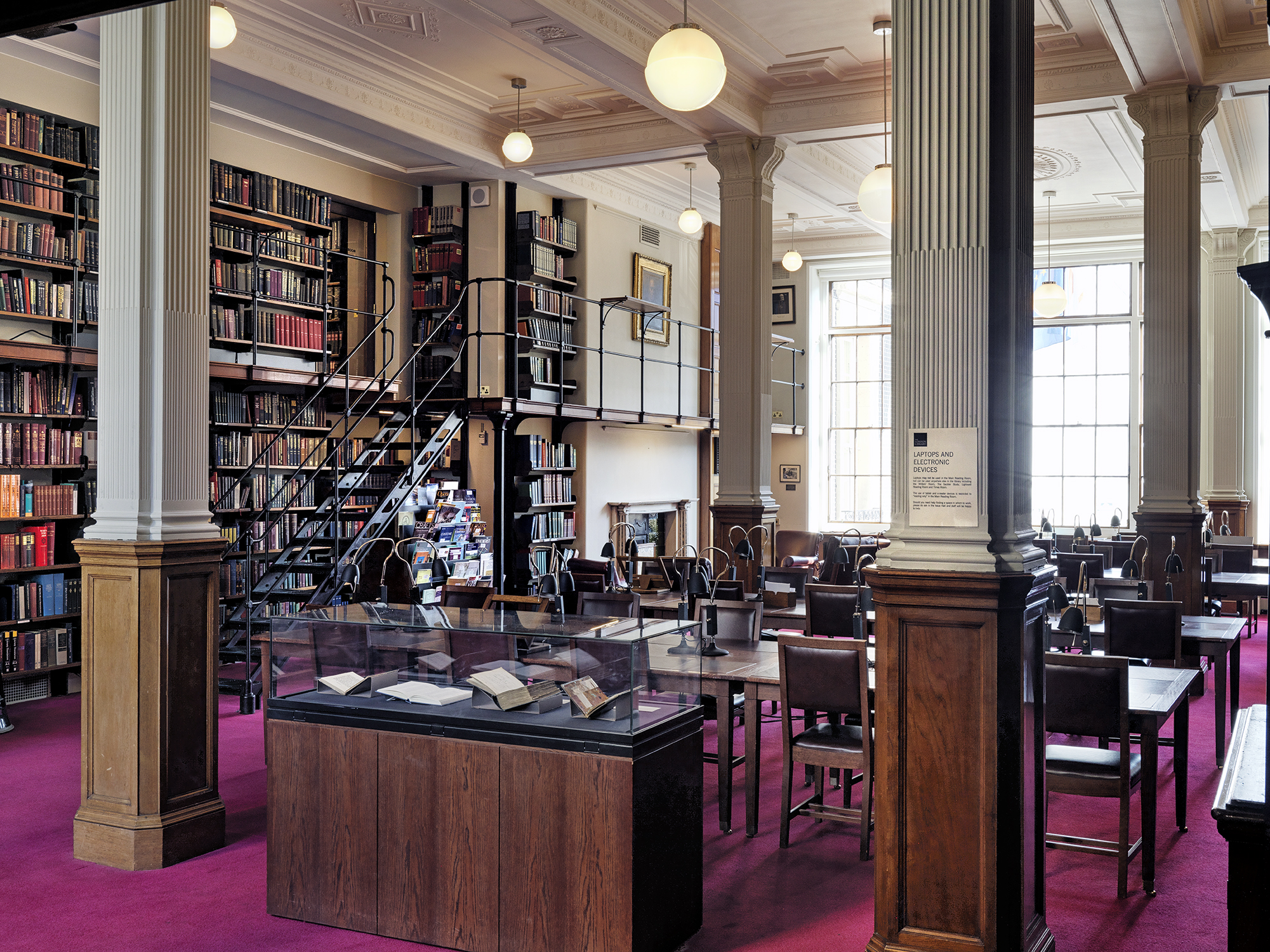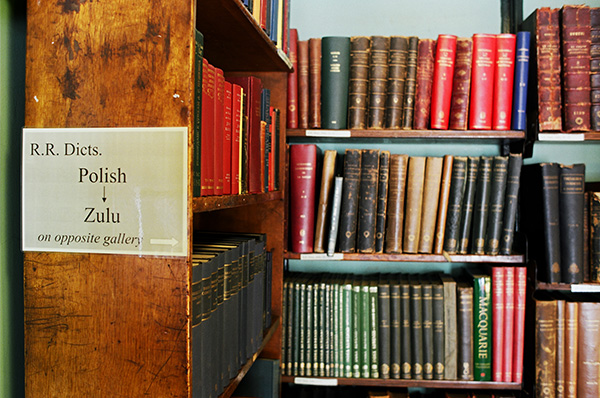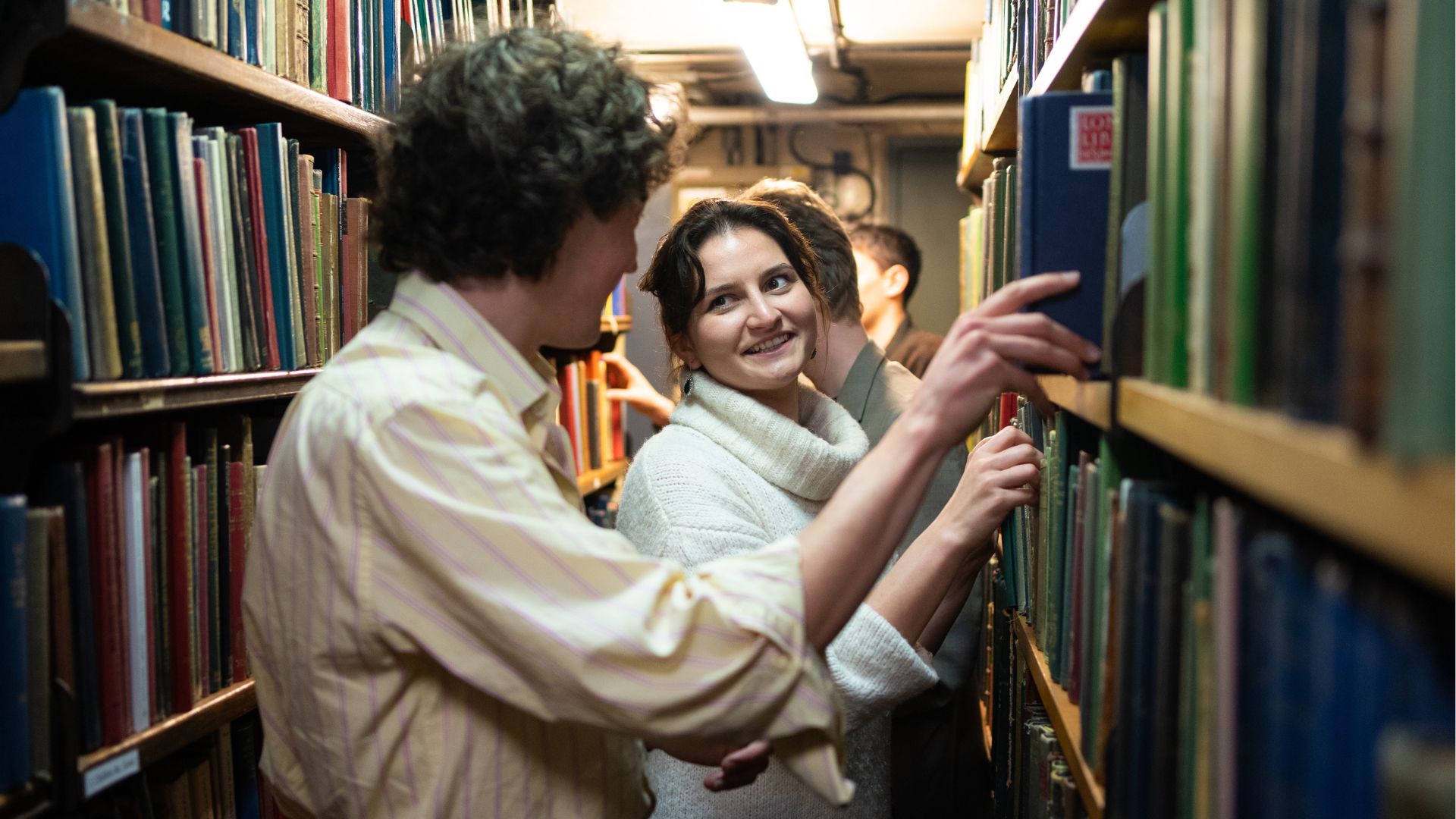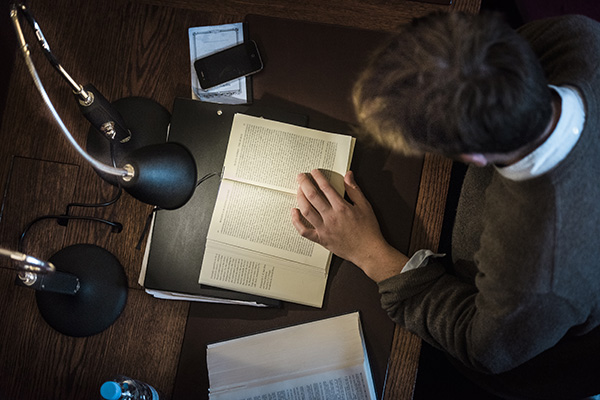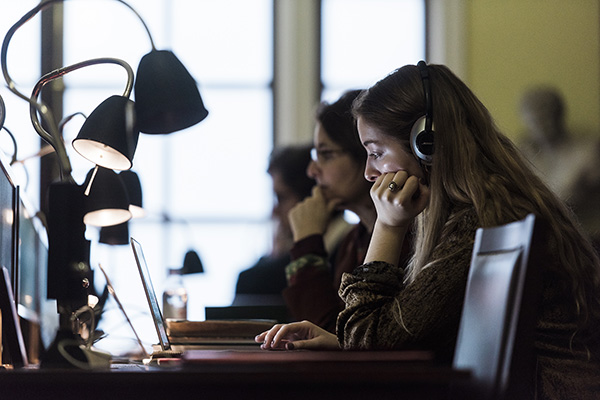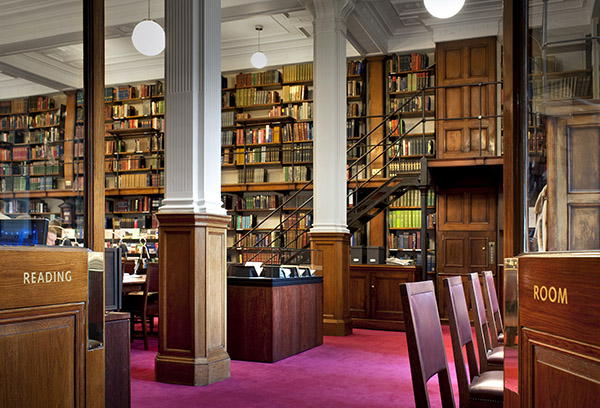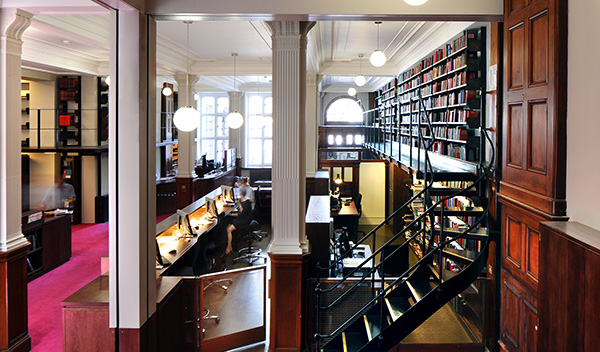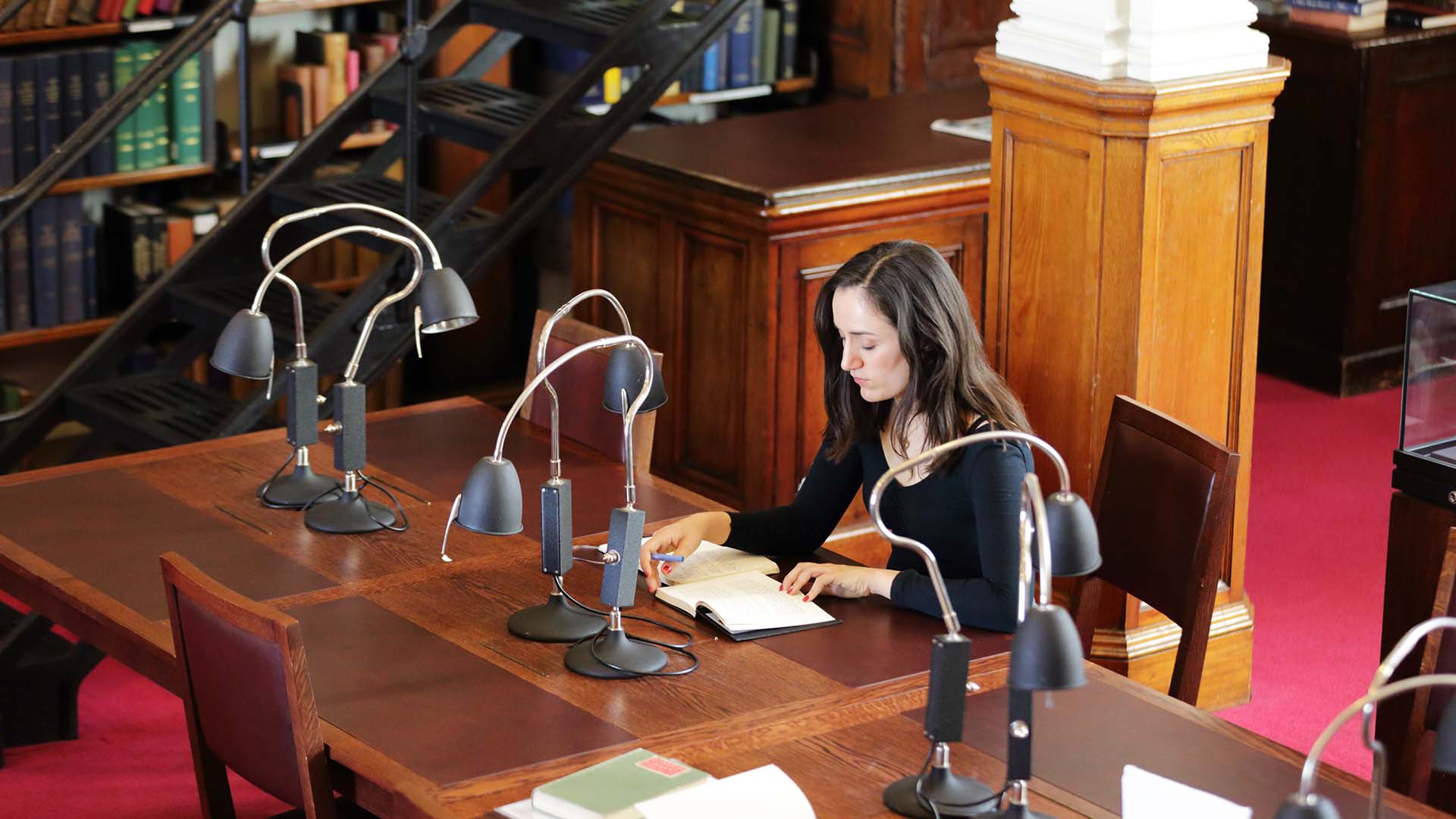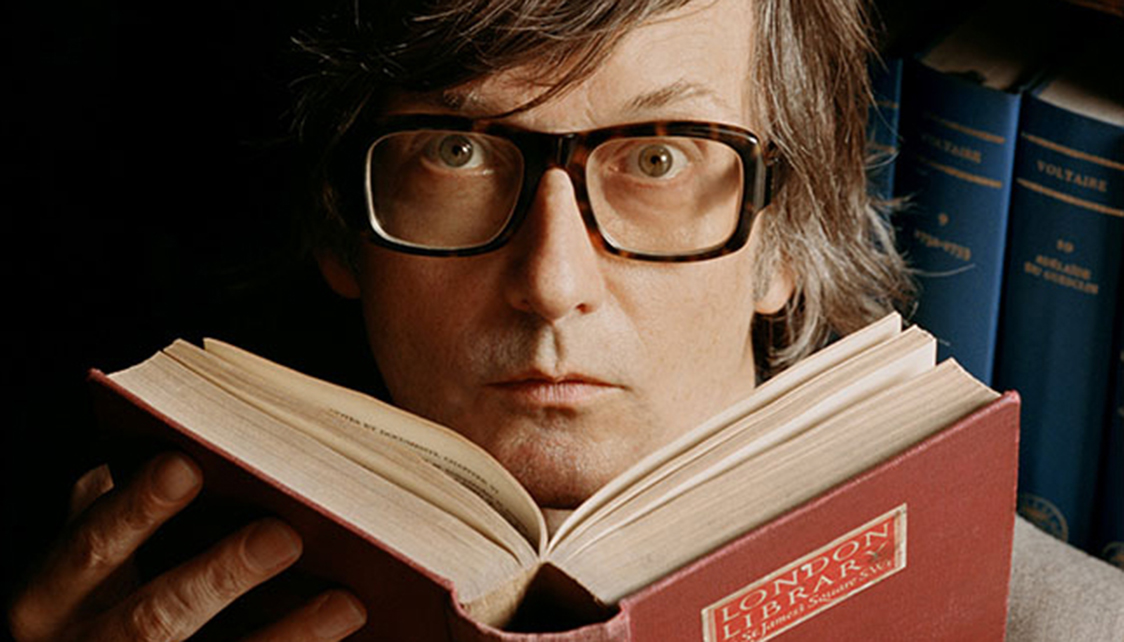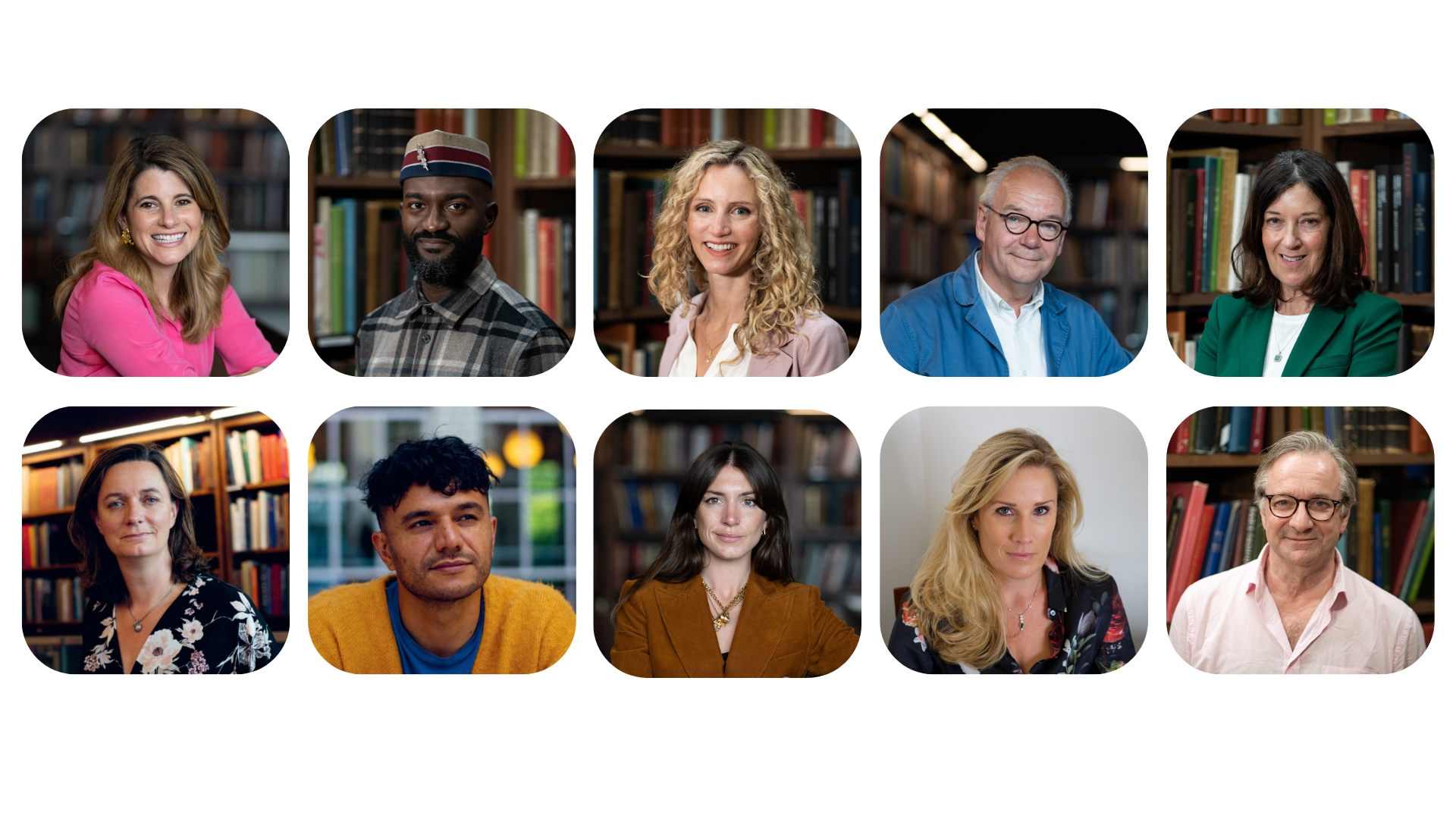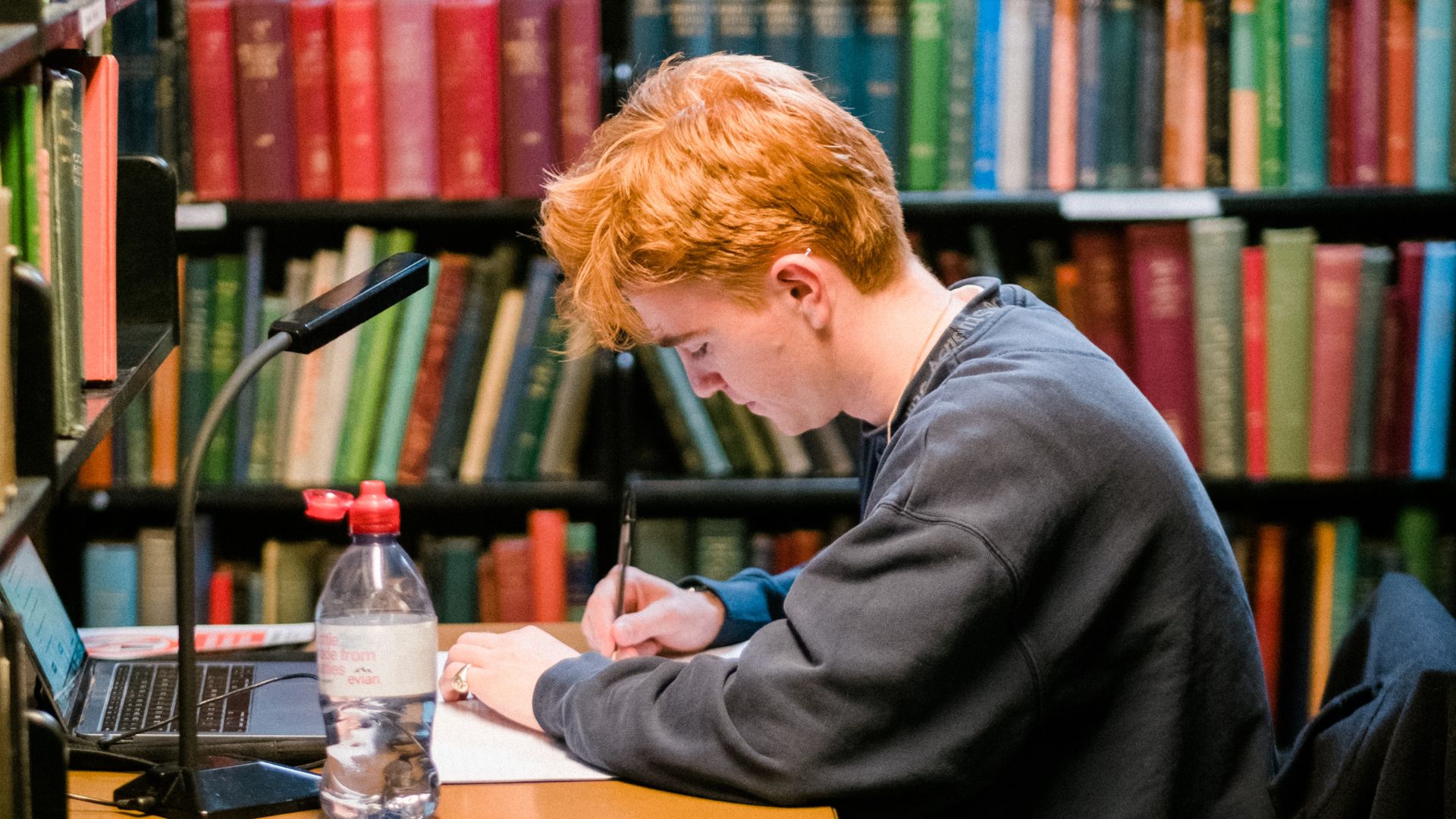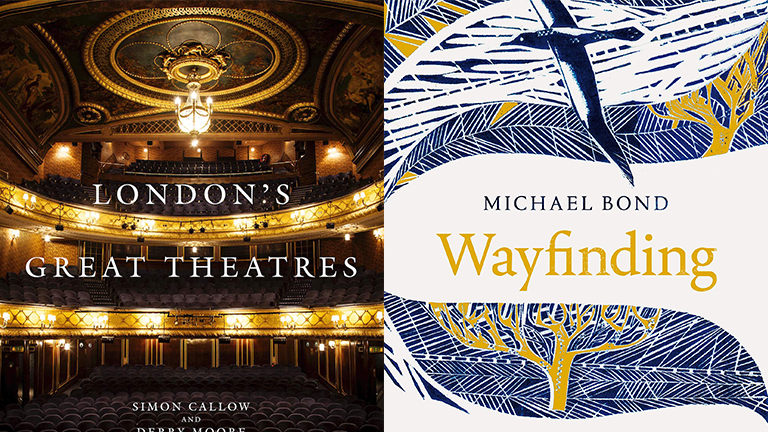
Those of you who find yourselves passing by the Library's window in Mason's Yard will have seen that a new display has been installed featuring new books by members, many of which have been written and researched in the Library.
The eclectic display showcases books from fiction, history, art and more - demonstrating the wide range of resources on offer to Library members.
It includes:
- Paul Laffan, The Fabricated Christ: confronting what we know about Jesus and the Gospels
- Mary Medawar, The Split Tree
- Michael Bond, Wayfinding: the art and science of how we find and lose our way
- David Beattie, Hans-Adam II
- Geoff Andrews, Agent Moliere
- Andrew Lycett, Conan Doyle's Wide World
- Hannah Rothschild, House of Trelawney
- Hugo Vickers, The Sphinx: the life of Gladys Deacon - Duchess of Marlborough
- Diana Devlin, Sam Wanamaker: A global performer
- David d'Avray, Papal Jurisprudence c. 400
- Sophy Roberts, Lost Pianos of Siberia
- Douglas Smith, Russian Job
- Andrew Alchin, Bvda, Ofen, pesto, Buda, Pest
- Diana Preston, Eight Days at Yalta: how Churchill, Roosevelt and Stalin shaped the post-war world
- Sophie Hardach, Confession with Blue Horses
- Alexandra Schulman, Clothes…and Other Things that Matter
- C. J. Schuler, Along the Amber Route : St Petersburg to Venice
- Judith Flanders, A Place for Everything : the curious history of alphabetical order
- Sinclair McKay, Dresden: the fire and the darkness
- Philip Hensher, A Small Revolution in Germany
- Simon Callow, London's Great Theatres
All of these books are now available to borrow from the Library, just log in to Catalyst to browse then choose to collect from the Library or have them posted to you at home.
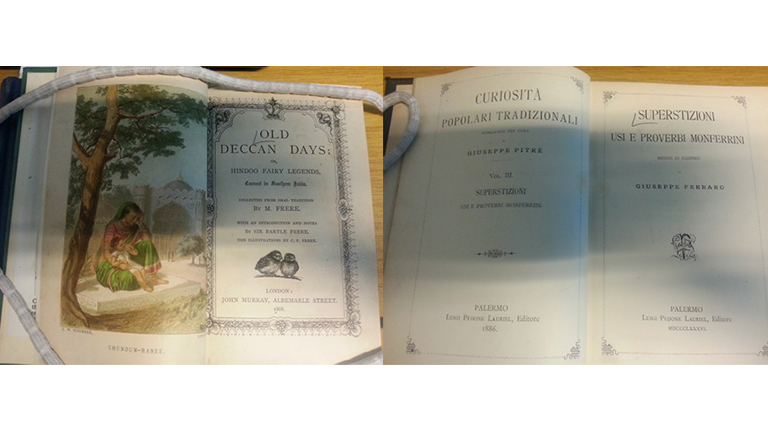
Originally published in February 2014
The Folklore collection at The London Library forms a substantial section in Science & Miscellaneous, with works from the 18th to the 21st century in English and many other languages. The universal subject of Folklore and its deeply rooted place in the cultural fabric of nationalities is reflected in the Library’s collections. The collection contains a wide range of works on different strands of folklore; traditional and popular beliefs, customs, legends, fairy tales and music.
Studies on King Arthur, the medieval and mythological figure can be found here, with works discussing the legend in its many guises; Merlin, the Holy Grail, King Arthur’s Knights and the Round Table. Some interesting works are: Arthur of Britain by E.K. Chambers (1927); La légende arthurienne: études et documents. Première partie, Les plus anciens textes by Edmond Faral (1929) and The Holy Grail, its legends and symbolism: an explanatory survey of their embodiment in romance literature and a critical study of the interpretations placed thereon by Arthur Edward Waite (1933). Interest on the legend is still as popular as ever, as recent acquisitions such as Worlds of Arthur: facts and fictions of the dark ages by Guy Halsall (2013) and The true history of Merlin the Magician by Anne Lawrence-Mathers (2012) suggest.
The major role of folklore collected and transcribed through oral tradition is seen in titles such as Tales of the fairies and of the ghost world’ collected from the oral tradition in South-west Munster by Jeremiah Curtin (1895) and Old Deccan days, or, Hindoo fairy legends current in southern India collected from oral tradition by M. Frere (1868).
Popular beliefs, traditions and tales are also included in works from abroad in the recently catalogued Curiosità popolari tradizionali series of books from different parts of Italy, and volumes in the series Les littératures populaires de toutes les nations include works from France, Greece, Turkey and China. Religious folklore is seen in Folk-lore of the Holy Land: Moslem, Christian and Jewish by J.E. Hanauer (1907).
The handed-down tradition of Folk music by unknown composers is seen in the folk songs of India, Greece, Serbia and Canada housed in the Library’s collections; Greek folk-songs from the Turkish provinces of Greece … Albania, Thessaly, (not yet wholly free,) and Macedonia: literal and metrical translations by Lucy M.J. Garnett (1885) are particularly note-worthy.
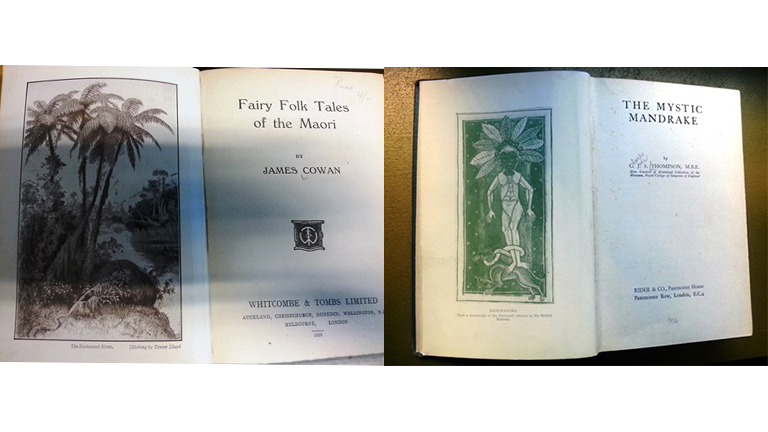
Fairy tales are a large part of the folklore section and probably the most well-known are Grimm’s fairy tales – Kinder- und Hausmärchen. Both early and current editions of the tales, including criticism, can be found here and have now all been retrospectively catalogued. In addition, some books on fairy tales from other parts of the world have also just been added such as: Welsh fairy-tales and other stories collected and edited by P.H. Emerson (1894); Chinese fairy tales told in English by Herbert A. Giles (1911) and Fairy folk tales of the Maori by James Cowan (1925).
The customs, superstitions and practices of subcultures are also explored. Sir James George Frazer’s famous work, The Golden Bough, a comparative study of mythology and religion (1890), includes such topics including a chapter on ‘Christmas and the mistletoe’, as does a more modern take on ‘superstition’, Old wives’ tales by Eric Maple (1981).
Other topics of interest found in the Library’s folklore collection retrospectively catalogued or soon to be, are books on moon mythology: Moon lore by Timothy Harley (1885); plant lore: La mythologie des plantes, ou, Les légendes du règne végétal by Angelo de Gubernatis (1878-1882) and The mystic mandrake by C.J.S. Thompson (1934); animal mythology: Un-natural history, or, Myths of ancient science: being a collection of curious tracts on the basilisk, unicorn, phoenix, behemoth or leviathan, dragon, giant spider, tarantula, chameleons, satyrs, homines caudati, &c. now first translated from the Latin, and edited, with notes and illustrations, by Edmund Goldsmid (1886); and werewolves: The werewolf by Montague Summers (1933).
The enduring popularity of Folklore influence is seen in the rise of contemporary fiction writing in this genre (notable in the Harry Potter series where mandrakes, unicorns, basilisks, dragons, phoenixes, giant spiders and werewolves feature), and is reflected in recent Library acquisitions Mythic thinking in twentieth-century Britain: meaning for modernity by Matthew Sterenberg (2013), The white devil: the werewolf in European culture by Matthew Beresford (2013) and The rise of the vampire by Erik Butler (2013).
Maame Blue and Sareeta Domingo, two of Jacaranda Books’ #TwentyIn2020 authors, discuss their stunning new novels, investigations of modern love and all its complexities.
Maame Blue's Bad Love is the story of London born Ghanaian Ekuah Danquah and her tumultuous experience with first love. Marked by this experience, she finds herself at a crossroads - can she fall in love again, or does the siren song of her first love still call?
Sareeta Domingo’s If I Don’t Have You is the story of Afro-Brazilian filmmaker Ren and Black British artist Kayla as they navigate their attraction to each other, alongside their carefully constructed lives and the secrets that lurk between them.
Thomas Carlyle (1795 –1881) was a writer, historian and philosopher. Born in Scotland, Carlyle moved to London in 1834 where he wrote, lectured and created a network of notable literary friends, including early London Library members such as JS Mill, Charles Dickens, Harriet Martineau, Leigh Hunt, WM Thackeray and Alfred Lord Tennyson.
In 1838, frustrated by the lack of a lending library in London, Carlyle began gathering support for the creation of The London Library. He was adept at articulating the need for such a resource and by April 1840 he had helped create a committee to pursue its foundation. In June 1840 the committee arranged a promotional event at the Freemasons Tavern, featuring speeches by various committee members, including Carlyle, who passionately elucidated the case for the Library to an enthusiastic audience.
The Library was founded in May 1841 and Carlyle sat on its first committee and was elected President in 1870.
As a writer, Carlyle produced some influential and highly celebrated works, including Sartor Resartus (1833-4), A History of the French Revolution (1837), and On Heroes, Hero-Worship, and The Heroic in History (1841). However, his later writings revealed his racist views. In particular, Carlyle’s essay Occasional Discourse on the Negro Question, first published anonymously in 1849, opposed the abolition of slavery. This bought him into direct conflict with liberal thinkers of the time including his erstwhile friend JS Mill who published an opposing essay. Carlyle’s racist views are completely unacceptable and the London Library does not share them.
The Library is a place for inspiration and support that is open and welcoming to all, regardless of race, ethnicity, religion, gender, sexual orientation, disability or age.

